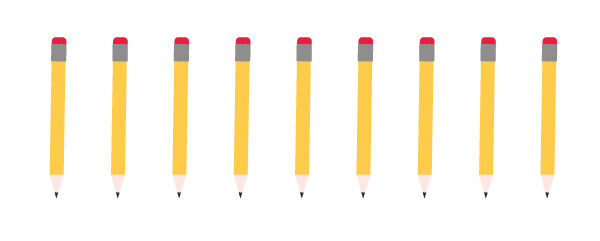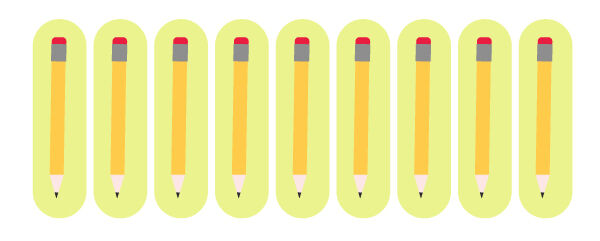A composite number is a number that has 3 or more factors.
When a composite number is represented using objects or a drawing, it can be separated into equal groups in at least three different ways.
The first way is to put all the objects into one group. The factor is then 1.
4 ÷ 1 = 4

The second way is to make 4 groups with a single object in each. The factor is then the number itself.
4 ÷ 4 = 1

The third way is to separate the objects into a different number of equal groups. The factor can be different for each composite number.
4 ÷ 2 = 2

If the number cannot be divided into equal groups using at least one extra way, it is a prime number.
To find out what a prime number is, you can read the concept sheet Prime Numbers.
1 is not a composite number since it has only one divisor. It is only possible to form one group when there is a single object.
0 is also not a composite number because there are no (0) objects to place in a group.
You can check whether a number is composite using objects or a drawing, by trying to create equal groups in at least three different ways.
Is 9 a composite number?
To check if 9 is a composite number, I represent the number visually using objects or a drawing and then try to form equal groups.

I see that I cannot form 2 equal groups since there is a remainder.

I am able to form 3 equal groups of 3 pencils.

I can also form 1 group of 9 pencils and 9 equal groups of 1 pencil.


Yes, 9 is a composite number because it can be divided by 1, by itself, and by 3.
Is 7 a composite number?
To check if 7 is a composite number, I represent the number visually using objects or a drawing and then try to form equal groups.

I note that I cannot form 2 equal groups since there is a remainder.

I see that I cannot form 3 equal groups as there is a remainder.
I see that there are always remainders when trying to make 4, 5, or 6 equal groups.

With the number 7, I can only form 1 group of 7 clouds and 7 equal groups of 1 cloud.


No, 7 is not a composite number because it can only be divided by 1 and by itself.